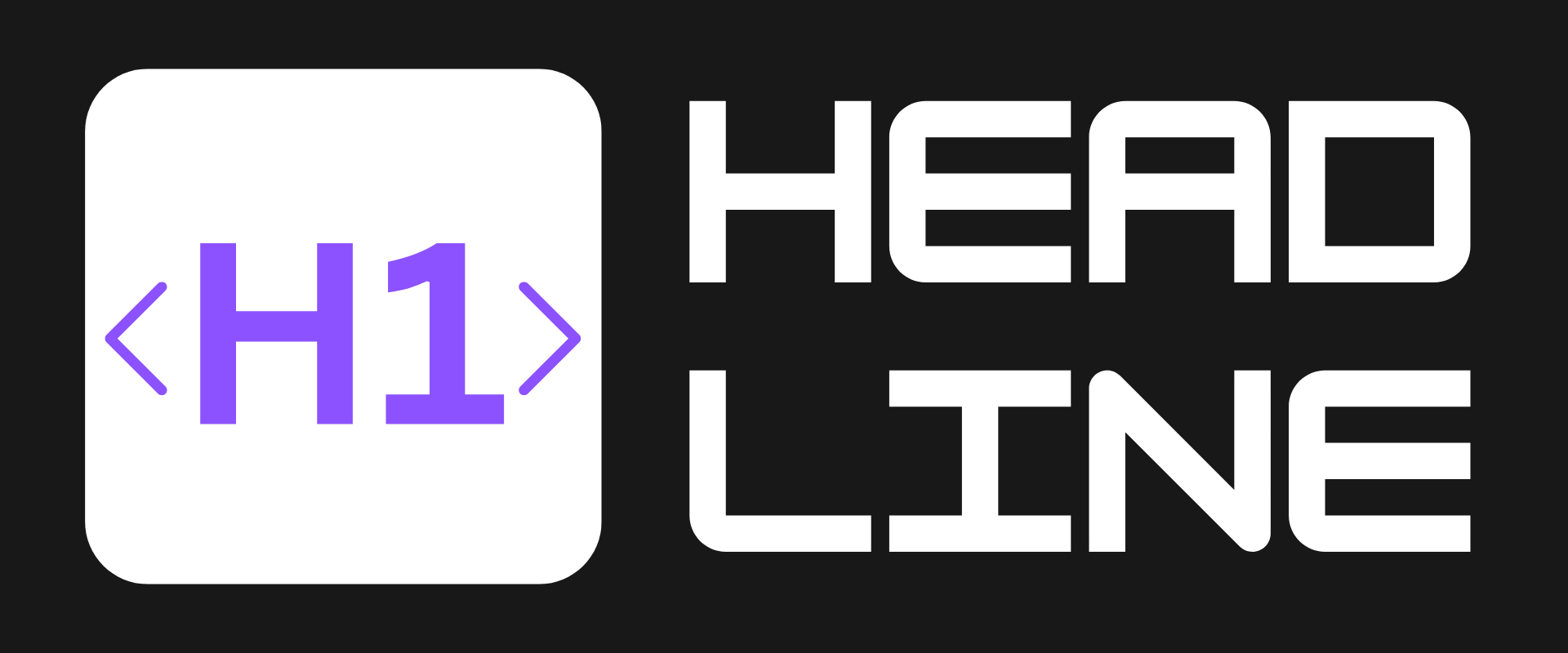Is AI Therapy Replacing Human Connection in Asia’s Mental Health Crisis?

Young people in Taiwan and China are turning to AI chatbots for mental health support—but at what cost? As rates of anxiety and depression surge, a generation is embracing ChatGPT and domestic alternatives like Baidu’s Ernie Bot as cheaper, faster, and more discreet than traditional therapy. But experts warn this trend risks normalizing tech-driven isolation. Let’s dive in.
🌍 The Rise of AI Therapy: A Double-Edged Sword
- 1 in 3 Gen Z users in Taiwan and China now cite mental health support as a primary reason for using AI chatbots (Harvard Business Review, 2025).
- 72-hour wait times for therapy appointments in major Chinese cities vs. 24/7 chatbot access.
- #AIBestTherapist has over 500,000 posts on Weibo, with users praising AI’s “non-judgmental” responses.
- Tragic cases like the 2024 suicide of a Beijing student who relied solely on chatbots highlight systemic gaps.
✅ The Promise: AI as Mental Health’s New First Responder
Tech giants and therapists alike see potential:
- ✅ Baidu’s Ernie Bot now uses sentiment analysis to detect crisis keywords, routing users to hotlines.
- ✅ Taiwan’s DeepSeek offers culturally tailored CBT exercises, addressing collectivist stigma around “burdening” others.
- ✅ Therapists report 30% faster breakthroughs when patients use AI journals between sessions.
Dr. Yi-Hsien Su notes: “For those too ashamed to seek help, AI can be the bridge—not the destination.”
🚧 The Risks: When Algorithms Miss the Human Nuance
- ⚠️ 55% of chatbot users delay professional care, believing AI advice is sufficient (Taiwan Counselling Psychology Association).
- ⚠️ “Overly positive” responses from bots risk minimizing severe symptoms like suicidal ideation.
- ⚠️ No ethical guidelines govern AI therapy tools—unlike licensed practitioners.
As one user confessed: “ChatGPT told me to ‘stay positive’ about my cancer diagnosis. I felt more alone than ever.”
🚀 Final Thoughts: Can AI and Humans Coexist in Mental Healthcare?
The path forward requires:
- 📈 Hybrid models: Use AI for triage and journals, but mandate human follow-ups for high-risk cases.
- 🤖 Transparent AI training: Involve diverse therapists to reduce cultural bias in responses.
- 🎯 Government action: Subsidize teletherapy to compete with free chatbots’ convenience.
As Yang, the Guangdong user, realized: “AI taught me to voice my pain—but real healing began with a human.” Where should we draw the line between tech and touch in mental health?
Let us know on X (Former Twitter)
Sources: Helen Davidson. In Taiwan and China, young people turn to AI chatbots for ‘cheaper, easier’ therapy, 22 May 2025. https://www.theguardian.com/world/2025/may/22/ai-therapy-therapist-chatbot-taiwan-china-mental-health










